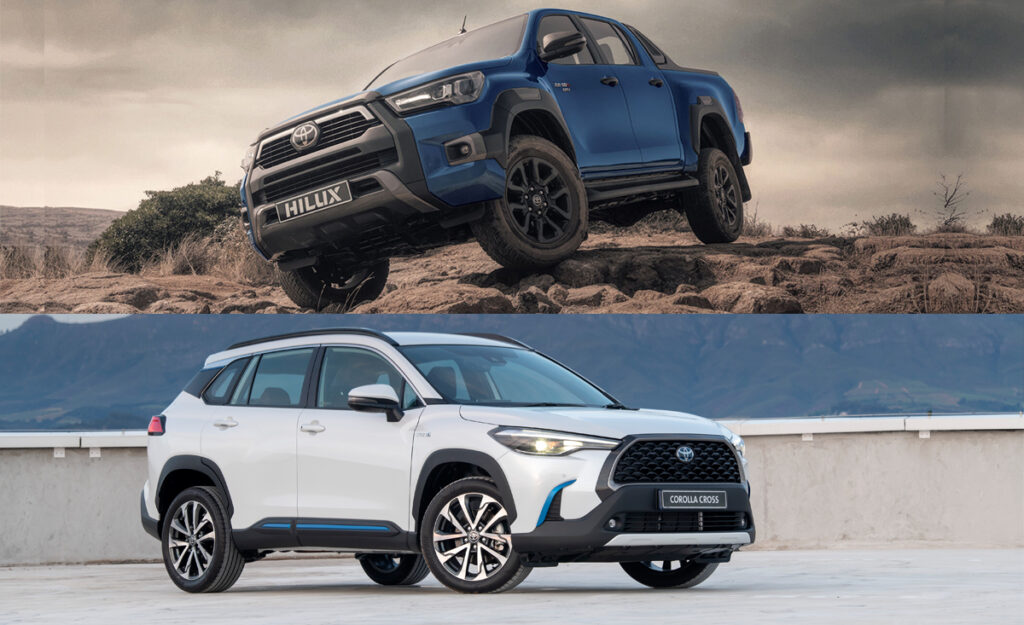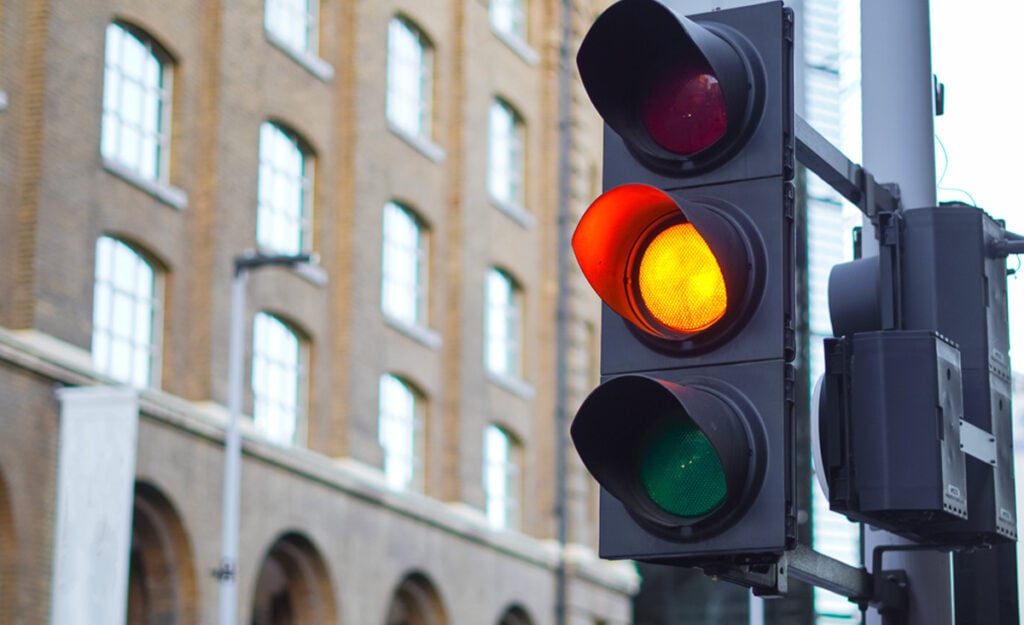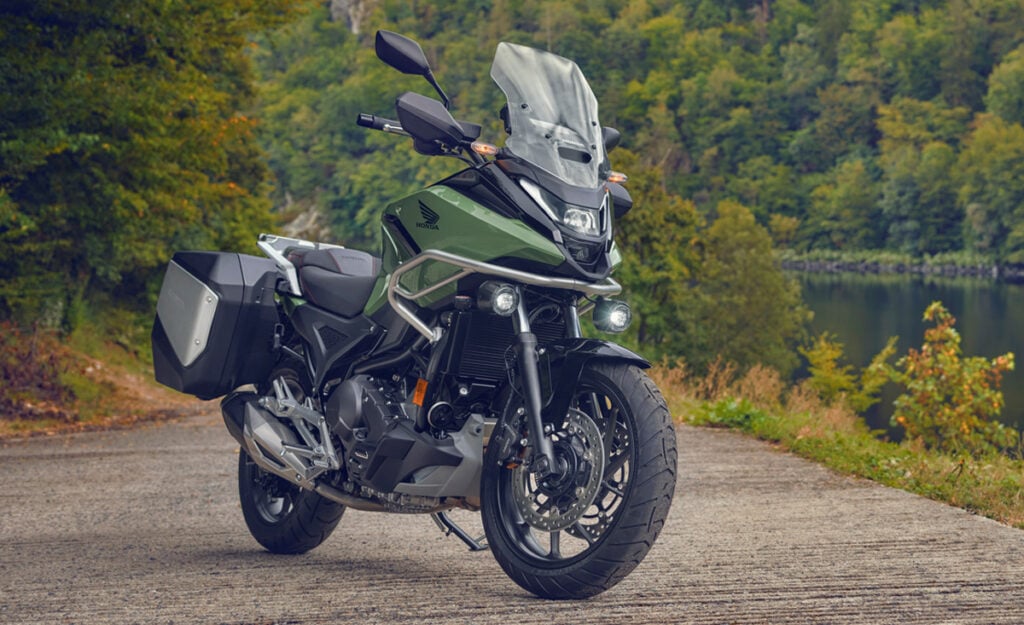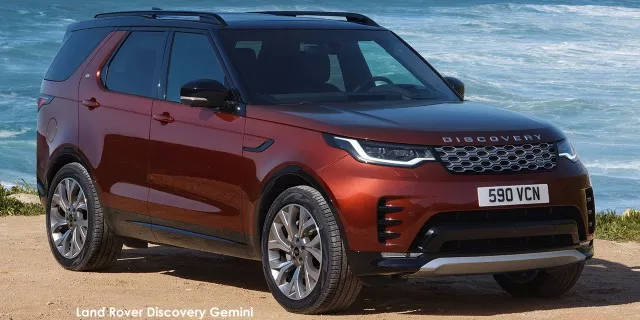
Toyota has launched its most expensive electrified vehicle in South Africa to date in the form of the new Hilux 48V units, where the top-spec model goes for R1,023,400.
The Japanese manufacturer has been making a big play for hybrid vehicles in recent years, positing that they are a more cost-effective and sensible stepping stone to zero-emission transport than jumping straight into battery-electrics like many other companies have done.
This is self-evident in the South African motoring scene, where the high cost of electric cars means they are still out of reach of the majority of income earners, and the perennial threat of load-shedding casts doubt as to the feasibility of ensuring that such a car would be sufficiently charged every day.
Toyota is the country’s most popular automaker by a wide margin, and several of its models now give the option of a hybrid powertrain, from the Rav4 and Fortuner to the Corolla hatchback and sedan.
The most affordable of these happens to be the company’s best-selling passenger car, the Corolla Cross, and the model’s success is no doubt helped out by the presence of a variant that promises to minimize the ever-rising cost of petrol.
Considering that South Africa’s best-selling passenger and light commercial vehicle both have an electrified derivative now, and that they happen to represent both ends of the price spectrum, it’s interesting to take a look and see what each model has to offer for its price tag.
The cheapest hybrid in South Africa
The Toyota Corolla Cross Hybrid XS is not only the brand’s cheapest semi-electric vehicle, it is also the most affordable hybrid in the country at a starting price of R486,100.
The crossover is powered by the same 1.8-litre, naturally-aspirated petrol engine as the rest of the line-up, but receives assistance from a small electrical motor and generator.
On its own, the engine produces 72kW, but the e-motor adds another 40kW for a combined system output of 90kW, which is slightly less than the non-hybrid’s 103kW.
Channeling power to the front wheels is a continuously variable transmission (CVT), and the generator is able to take the energy recovered by the hybrid’s regenerative brakes and feed it into the battery to maximise fuel savings.
In practice, the Cross has a silent start up and can travel at low speeds using the e-motor, but once you pick up speed (40km/h or more) the petrol engine will automatically kick in.
It is what is commonly referred to as a closed-loop or traditional hybrid, as it regenerates the battery by itself and does not need to be manually topped up like a plug-in hybrid.
However, it cannot travel on electric power alone for any reasonable distance, as the motor is only intended to mitigate the fuel lost during the most inefficient operating times, such as during congestion where the car is barely moving but the combustion engine’s idle speed still needs to burn a minimum of fuel to avoid stalling.
The results speak for themselves though, as the standard Corolla Cross has a claimed fuel consumption of 6.8l/100km, while the hybrid manages a very frugal 4.3l/100km.
The most expensive Toyota hybrid
On the other end of the scale is the new Toyota Hilux Mild Hybrid (MHEV) series, which consists of six units ranging from R774,800 to R1,023,400 in price, though they all use the same drivetrain.
The core of the setup is the brand’s 2.8-litre, turbo-diesel engine, which is helped out by a 48-volt lithium-ion battery and an electric motor generator – the culmination of which is an output of 150kW and 500Nm.
The engine drives the e-motor using a belt system, which in turn charges the battery. This battery can also be topped up via regenerative braking just like the Corolla.
The e-motor provides an additional 12kW and 65Nm during acceleration, improving the throttle response and creating a much smoother and more natural driving sensation.
The system also features an improved start/stop function that allows the engine to remain off for longer intervals, and the powertrain’s idle speed has been reduced from 720rpm to 600rpm, allowing for finer control at low speeds.
Toyota claims these additions reduce the bakkie’s consumption by 5%, which in practice means the flagship model’s usage drops from 7.9l/100km to 7.6l/100km.














